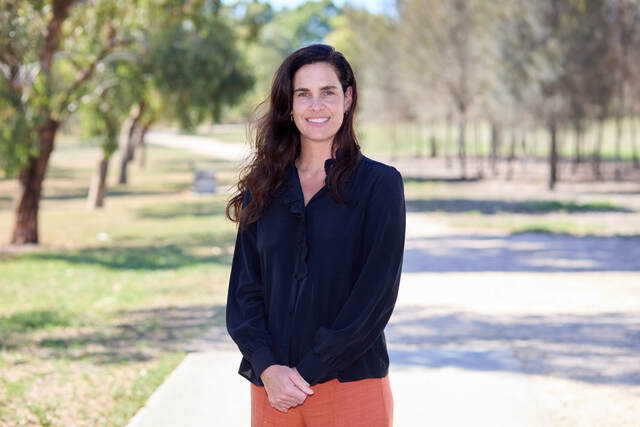Brimbank residents could be in for a rate increase next financial year after changes to the Fair Go Rates System.
Under the system, the state government sets a maximum rate cap increase each financial year to try and limit uncontrolled rate hikes and to provide councils with a clear framework.
Minister for Local Government Shaun Leane recently announced that the new maximum increase would be 1.75 per cent, up from 1.5 per cent on the advice from the Essential Services Commission
Brimbank council rates increased on average by 1.5 per cent this financial year. Councils can apply to increase rates above the cap.
Brimbank Residents and Ratepayers Association president Irene Stokes said the association would have preferred that any rate increase be as low as possible.
“For a municipality such as Brimbank which has been disproportionately affected by COVID in the past two years, the increase should be kept to a minimum, so no we don’t agree that it should be increased from 1.5 per cent to 1.75 per cent and would prefer it to have remained at 1.5 pre cent.“
A review into rate capping is also underway, with a report to be released this year.
Ms Stokes said the group supported rate capping.
“Hopefully, this rate cap will reduce wastage and Brimbank council will focus on the services which it is responsible for – rubbish, roads, footpaths, parks – rather than taking on projects which it cannot adequately influence or fund.
“Given a number of current Brimbank councillors stood on a platform of lowering rates as candidates at the last election, I’d expect that Brimbank councillors are supportive of this rate cap as it would be surprising to hear that councillors who campaigned on lowering rates are now complaining about this rate cap.”
Municipal Association of Victoria President Cr David Clark said in a time of COVID recovery, councils are conscious of minimising financial impacts on families and businesses.
“Since the introduction of the rate cap, additional ratepayer costs have actually been driven by state government charges, levied through rates – rather than local governments.
“The impact of ongoing rate capping is that councils around the state are now making serious decisions about service levels and resourcing for programs.
“With multiple cost pressures in mind, local government is stuck in a parallel universe on expectations.
“[The] MAV is calling for the state government to objectively review the rate cap and its implications, with the clear goal to restore financial independence for local government, in order that it can deliver on local community needs and aspirations.”







